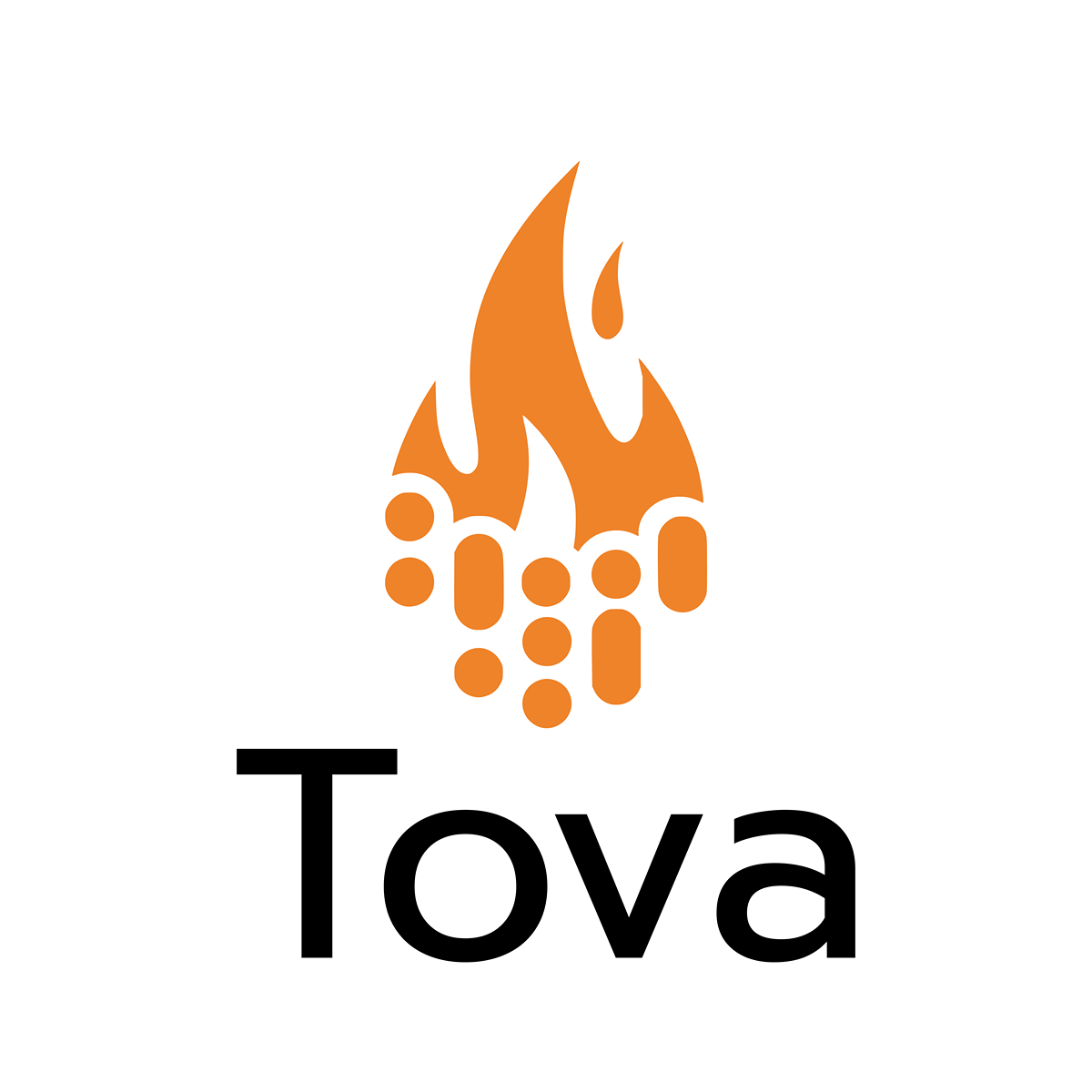From Insight to Steam: The 7-Stage Design Process for a Successful Product Launch
Bringing a new hardware product—like a pellet-fired sauna stove—from napkin sketch to market-ready requires both creative exploration and disciplined checkpoints. Below is a hybrid model that blends IDEO’s Design Thinking steps with the Stage-Gate® system so you can innovate quickly and de-risk major investments along the way.
Stage 1: Empathize & Define (Discover)
Goal: Ground your design in real user needs and market realities.
User interviews & site visits: Talk to sauna builders, homesteaders, wellness enthusiasts. Capture pain points around loading wood, inconsistent steam, or smoke hassles.
Competitive teardown: Dissect electric, wood, and DIY pellet retrofit stoves to spot gaps in performance, emissions, or controls.
Insight synthesis: Turn raw observations into clear problem statements—e.g., “Users want authentic löyly but hate tending a fire” IDEO U.
Gate 1 (Idea Screen): Does this insight map to a viable business opportunity? If you can’t demonstrate real demand or a unique value gap, stop or pivot. Stage-Gate International.
Stage 2: Ideate & Concept (Concept)
Goal: Generate a broad set of solution sketches, then converge on the strongest concepts.
Brainstorm sessions: Use divergent exercises (Post-it storming, “How-might-we?” prompts) to explore feed-mechanisms, stone layouts, and control interfaces.
Rapid concept boards: Develop 5–7 rough renderings showing different form-factors (barrel stove, corner unit, wall-mounted) and fueling systems (hopper-fed auger, gravity drop).
Concept scoring: Evaluate each on cost, manufacturability, patentability, and user desirability to pick 2–3 finalists The Interaction Design Foundation.
Gate 2 (Second Screen): Are the top concepts feasible within your budget and IP strategy? Greenlight detailed design only if you can hit target cost and file provisional patents.
Stage 3: Prototype & Learn (Develop)
Goal: Bring concepts into the physical world to test assumptions early.
Low-fi mock-ups: Cardboard or 3D-printed shells to validate size, hopper access, and stone-loading ergonomics.
Functional prototypes: Partner with your OEM to build “breadboard” stoves—pellet feed, basic burn pot, stone cradle. Measure heat profiles, draft behavior, and user handling.
User feedback loops: Conduct test-sauna sessions with target users; log issues around ash clearing, noise, or temperature swings. IDEO U
Gate 3 (Go/Kill Decision): Does the prototype meet your key performance indicators (heat-up time, emissions ≤ 2 g/h, ease-of-use)? If not, iterate or kill.
Stage 4: Engineering & Validation (Develop II)
Goal: Turn your working prototype into a robust, certifiable product.
Detailed engineering: Finalize sheet-metal tooling, combustion-pot geometry, external control box layout, and wiring harness.
Emissions & safety labs: Book EPA Step 2 particulate tests and UL/CSA safety listings—your stove must pass sub-2 g/h PM and clearance tests before you build inventory.
Pilot builds: Produce 10–20 beta units for long-term field trials with select sauna-kit partners.
Gate 4 (Post-Development Review): Are lab reports within spec, and have pilot users signed LOIs for future orders? Only then authorize full production tooling.
Stage 5: Pilot Production & Market Prep (Launch Prep)
Goal: Validate your supply chain, packaging, and go-to-market materials at low volume.
MOQ run: Order your first 100–200 units, confirm ex-works cost, freight, duty, and dealer-pricing structure.
Sales collateral: Finalize spec sheets, installation guides, ROI calculators, and training videos for distributors.
Marketing tests: Soft-launch to your wait-list with pre-order incentives; measure conversion rates and feedback on pricing and messaging.
Gate 5 (Launch Decision): If working-capital, production capacity, and marketing assets are in place—and your pre-orders hit target thresholds—approve full-scale launch.
Stage 6: Full-Scale Production & Roll-Out (Launch)
Goal: Ramp to annual volume goals (500–1 000+ units) while ensuring quality and support.
Finalize tooling: Sign off on large-batch dies, burn-pot castings, stone-cradle assemblies.
Distributor onboarding: Train sales teams, ship showroom units, and activate co-op marketing funds.
Customer support systems: Deploy order-tracking portal, FAQ library, and parts-ordering workflows.
Gate 6 (Post-Launch Review): After 3–6 months, review sales vs. forecasts, quality issues, and margin performance. Decide on product updates or line extensions.
Stage 7: Iterate & Evolve (Post-Launch)
Goal: Use real-world data to drive next-generation improvements and new variants.
Voice-of-customer programs: Survey end users on performance, feature requests, and pain points.
Continuous improvements: Roll out firmware updates for smarter controls; refine stone-cradle geometry for faster steam.
Line expansions: Consider accessories (Wi-Fi modules, custom grills) or new product families (pellet-heated room stoves).
Gate 7 (Portfolio Review): Annually assess whether to continue, upgrade, or sunset each SKU based on profitability and strategic fit Harvard Business ReviewStage-Gate International.
Why This Hybrid Model Works
User-centered innovation (IDEO’s 7-step Design Thinking) ensures you build features people actually want IDEO U.
Structured decision gates keep spending on track and kill unviable paths early Stage-Gate International.
Iterative prototyping catches costly mistakes before tooling, saving you 10× more in late-stage rework.
By following these seven stages—each anchored by a clear gate—you’ll be sure our pellet sauna heater will launch with confidence, speed, and the discipline to hit both performance targets and market deadlines.
